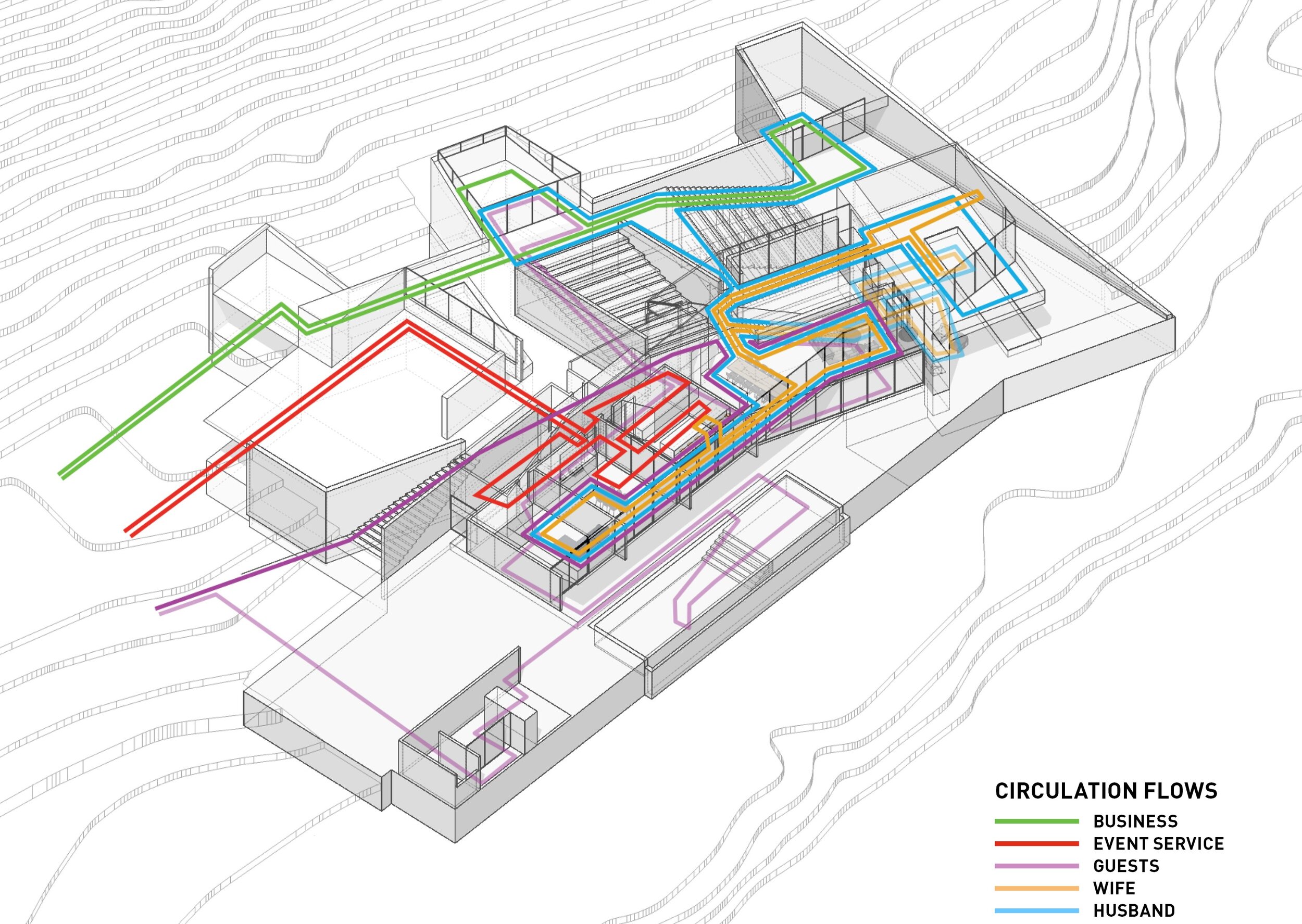What is programming?
After making the decision to build a new home or remodel an existing one, the first step in the process, before starting the design (Pre-Design) is to build an architectural program. This programming phase is the foundation of the design and includes the goals of the project and the Owners’ wants and needs. It is both quantitative, determining the desired square footage, number of bedrooms, bathrooms, and other specific requirements of the finished home, as well as qualitative, vocalizing how these spaces would ideally look, feel, and be experienced. The program will also express the relationship between parts of the home and the whole, adjacency between different elements of the design, and how the building and its functions will respond to the site’s trees, neighbors, topography, and views.
What is the programming process like?
During the programming phase, architects work with owners to develop, not just a list, but an understanding of their needs and their lifestyle. The architect will ask questions about how one lives currently and how one wants to live in the future. For example, are the Owners more introverted and see their home as a space to be alone? Or do they frequently entertain? Do the Owners prefer to spend their time in their master suite or in the common areas of the home? Should the house feel bright and open or warm and intimate, or a combination thereof?
This questioning helps to mitigate the inertia of preconceived notions and will allow the home’s design to be informed by the function and lifestyle of the Owners. It will provide a foundation of understanding that the architect will draw upon to identify opportunities to bring the house into harmony with its site. It will also be a time to allow constraints, such as budget and market standards, to feedback on the Owner’s wishlist before design begins.
This circulation diagram of our Hipped House shows distinct flows for social activities and the family’s private life, as well as their relationship with the hilly site on Lake Austin.
The Programming Phase, also commonly referred to as Pre-Design, for a single family home takes approximately two to four weeks, and typically involves one or two meetings with the architect. The product of this phase is usually a written document which is sometimes accompanied by diagrams illustrating the adjacencies and flows described. After this is complete, the schematic design phase tests out the goals established in programming through a series of design options.


